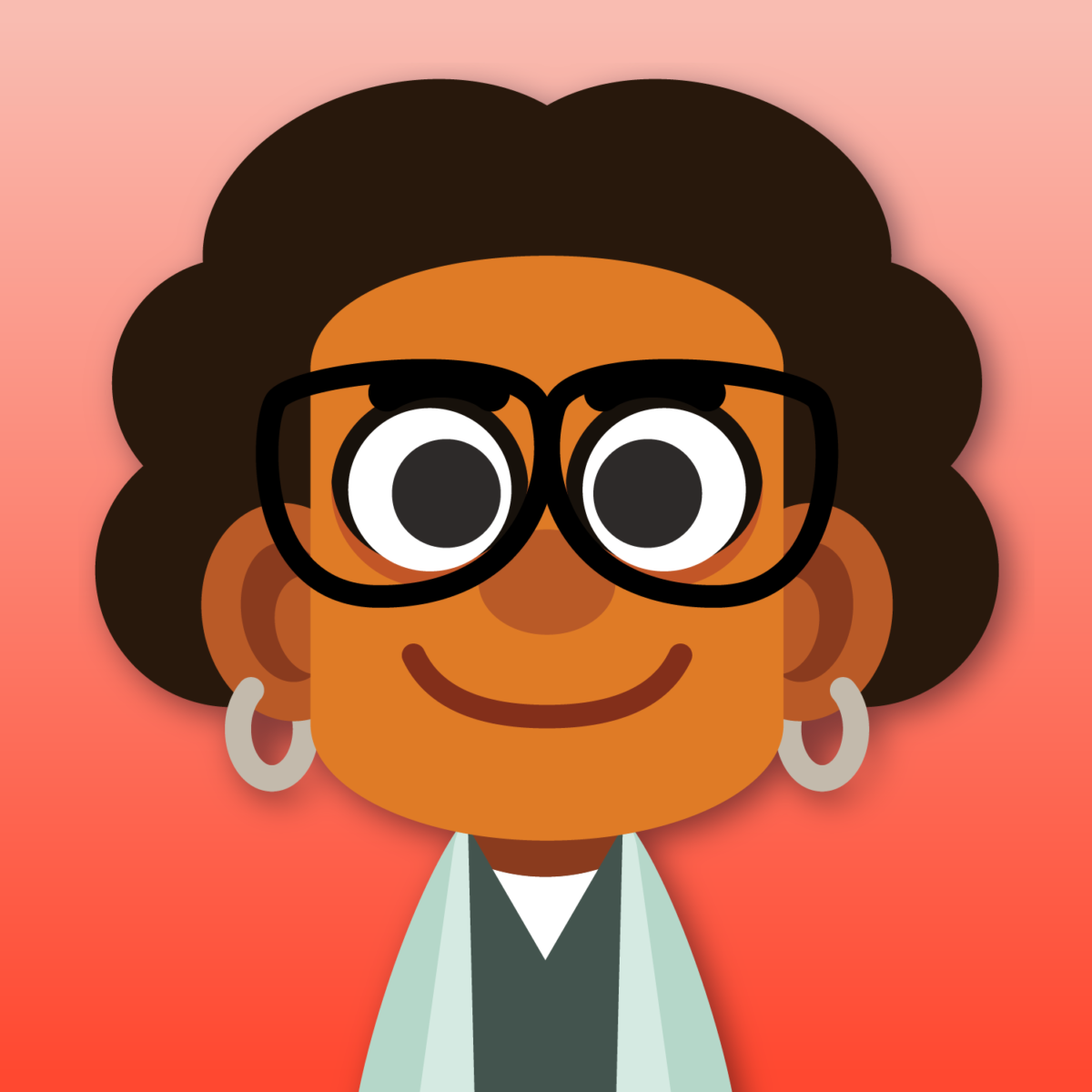In our last article, we looked at two of the most famous women in mathematics–Hypatia of Alexandria and Sophie Germain– in terms of defining strength and wisdom for the many women mathematicians that would follow in the decades and centuries to come.
And, so many did follow. What we would like to do in this article is to mention just some of our favorites women in mathematics, and the contributions they have made to illuminate mathematics and promote its deep inquiry and fascination.
Ada Lovelace
Of the nine mathematicians in our Missions, the most popular activity in our platform, two are prominent women mathematicians. One is Sophie Germain, and the other is Ada Lovelace.

If any time you have downloaded some electronica, you may want to remember Augusta Ada King-Noel, Countess of Lovelace (1815–1852).
Now that is a name that automatically demands attention! But Ada Lovelace was more than a name of nobility, she was a brilliant thinker, whose insights helped make the world’s first calculating machine, the Analytical Engine–a precursor to modern computers. In fact, it was her mother that encouraged her to study mathematics and not the poetry legacy that was in her family. Luckily for the world, she took her mother’s advice!
Julia Robinson

Julia Robinson’s (1919–1985) early education was interrupted more than once by illness. One bout of rheumatic fever required a year of recuperation and would continue to affect her health. When Robinson returned to school in the ninth grade, she developed an interest in math. She graduated high school with honors in math and science classes, then eventually attended Berkeley.
Julia Robinson’s career was illustrious, and she spent a good chunk of her life working on one of the 23 Hilbert problems. The Hilbert problems were proposed in the summer of 1900 by David Hilbert, and were a call to the mathematical community to have all of these solved by the end of the 20th century. The problem that Robinson worked on was the Tenth problem, and it took her and a team of three other mathematicians over twenty years to solve it. That is persistence! Her lasting legacy is that a math festival in her name was created in 2007 to spread the joy of K to 12 mathematics.
Katherine Johnson

Thankfully, due to Hollywood and the movie Hidden Figures, the world now knows about the astounding work that was done by women of color in helping NASA early on its space program. When Katherine Johnson (born 1918) wanted to study math, she faced a big obstacle. White Sulphur Springs, West Virginia, where she lived, did not offer schooling for black students past eighth grade.
So, her father drove his family 120 miles so she could attend a high school in another town, leaving Katherine and her mother there while he continued to work in White Sulphur Springs. The math prodigy graduated by the age of 14. Just like a young Sophie Germain had been blocked by her parents to study math, Katherine Johnson faced obstacles as well–but only bigger and more systemic. Her knowledge of the field of mathematics called analytic geometry was so impressive that she was assigned to an all-male flight research team, and helped calculate the trajectory of Alan Shepherd’s first trip into space.
Mary Jackson
Mary Jackson (1921–2005) grew up in Hampton, Virginia, graduating with honors from high school and receiving a bachelor’s degree from Hampton Institute in mathematics and physical science. She was hired as a research mathematician at the NACA campus in Langley, and was eventually promoted to aerospace engineer, specializing in aerodynamics. While she reached her pinnacle as an engineer, she devoted the rest of her career in helping minorities accessing their full potential with mathematics.

Maryam Mirzakhani

As a girl, Maryam Mirzakhani (1977-2017) was not very interested in math, and dreamt of being a writer. “I never thought I would pursue mathematics until my last year in high school,” Mirzakhani told The Guardian. This is important to share as it shows that mathematical light can come to anyone at anytime.
The choice turned out to be a wise one: In 2014 she became the first woman and the first Iranian honored with the prestigious Fields Medal, awarded for her work on hyperbolic geometry—a non-Euclidean geometry used to explore concepts of space and time.
Unfortunately, the light of Maryam Mirzakhani was gone in 2017, as she succumbed to the cancer that had already made her weak when she won the Fields Medal. Her passing was so tragic and significant, that she made the front page of every single Iranian newspaper.
We hope that the stories of these women in mathematics and so many others inspire all students to see the extraordinary achievements that can be achieved even with hardships, discrimination, and sadly, even illness. We believe that all mathematics is available to all, and everyone involved in math education should work hard in communicating that idea everyday!

